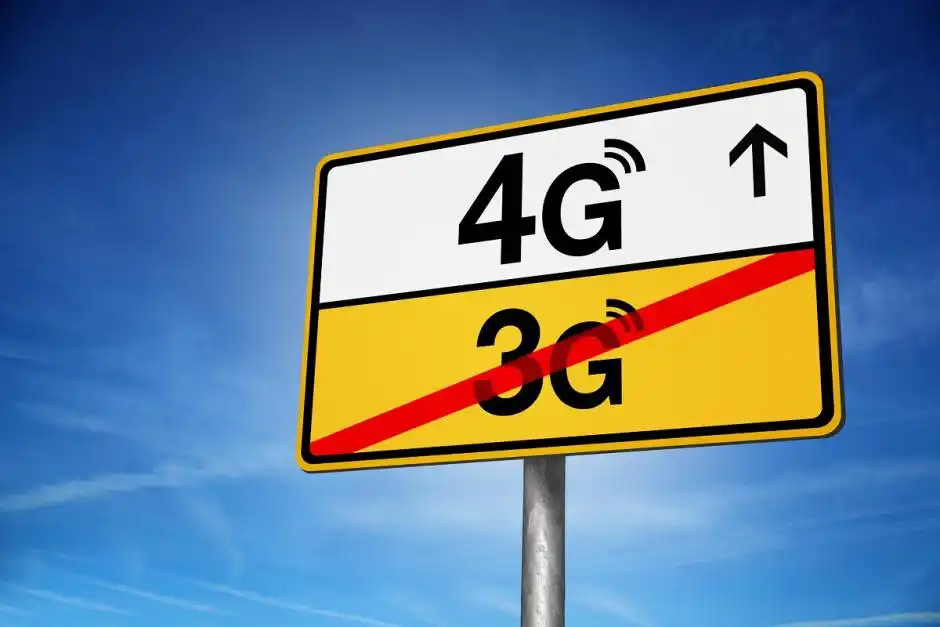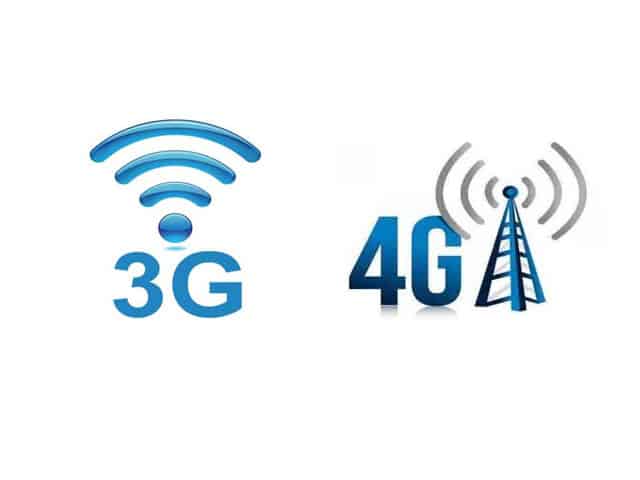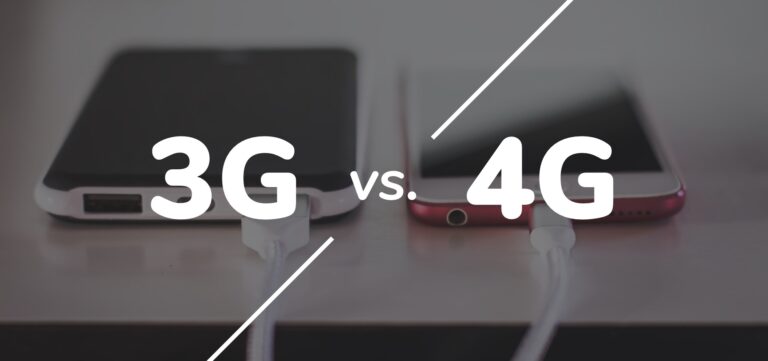In general, 4G networks do not inherently use more data than 3G networks for the same activities. However, 4G networks can provide faster data speeds and more efficient data transfer, which may encourage users to consume more data-intensive content or perform data-heavy activities, such as streaming high-definition videos or downloading large files.
The key difference between 3G and 4G lies in the data transfer speeds. 4G networks typically offer higher data transfer rates, allowing for quicker uploads and downloads. This improved speed can result in a smoother online experience and faster loading times for web pages and apps.
If users take advantage of the faster speeds to engage in more data-intensive activities, they may end up using more data on a 4G network compared to a 3G network. However, the amount of data consumed ultimately depends on the user’s online behavior and the specific applications or services they use.
How do 4G and 3G Network Speeds Differ?

4G (LTE) and 3G are different generations of mobile network technologies, and they offer varying speeds and capabilities. Here are the key differences in network speeds between 4G and 3G:
Data Transfer Speeds
- 3G: 3G networks typically provide download speeds of up to 3.1 Mbps (megabits per second) for mobile devices in motion and up to 21 Mbps for stationary devices.
- 4G (LTE): 4G networks offer significantly faster speeds. LTE (Long-Term Evolution) technology, a common standard for 4G, can provide download speeds ranging from 5 Mbps to 100 Mbps or even more, depending on the specific implementation and network conditions.
Upload Speeds
- 3G: 3G networks usually offer upload speeds of up to 1.8 Mbps.
- 4G (LTE): LTE networks generally provide faster upload speeds compared to 3G, ranging from 2 Mbps to 50 Mbps or more.
Latency
- 3G: 3G networks have higher latency compared to 4G. Latency is the time it takes for data to travel from the source to the destination. 3G networks typically have latency in the range of 50 to 100 milliseconds.
- 4G (LTE): 4G networks offer lower latency, typically ranging from 30 to 50 milliseconds.
Capacity and Spectral Efficiency
- 3G: 3G networks have lower capacity and spectral efficiency compared to 4G. This means that 4G networks can support more simultaneous connections and provide better overall performance in crowded areas.
- 4G (LTE): LTE networks are designed to handle a higher volume of data traffic, making them more efficient in managing multiple connections simultaneously.
Technology and Standards
- 3G: 3G technologies include CDMA (Code Division Multiple Access) and WCDMA (Wideband Code Division Multiple Access).
- 4G (LTE): LTE is the primary technology for 4G networks. It provides a more efficient use of the radio spectrum and supports higher data rates.
Migration and Compatibility
- 3G: Older mobile devices may only support 3G networks.
- 4G (LTE): Newer smartphones and devices are designed to support 4G LTE networks. Many mobile carriers worldwide have upgraded their infrastructure to support 4G.
What Influences User Behavior in 4G vs. 3G Networks?

Several factors influence user behavior in 4G (LTE) and 3G networks, affecting how people use their mobile devices and consume data. Here are some key factors:
Data Speed and Performance
4G
Faster download and upload speeds in 4G networks enable quicker access to content, smoother video streaming, and faster loading times for websites and applications. Users are more likely to engage in data-intensive activities like HD video streaming, online gaming, and high-quality video calls.
3G
Slower data speeds in 3G networks may lead to longer loading times for content, lower-quality video streaming, and reduced performance in data-intensive applications. Users may be less inclined to engage in activities that demand high bandwidth.
Latency
4G
Lower latency in 4G networks contributes to a more responsive user experience, especially in real-time applications like online gaming and video calls. Faster response times can positively impact user satisfaction.
3G
Higher latency in 3G networks may result in delays, affecting the real-time nature of certain applications. This could impact the user experience, particularly in activities requiring immediate responsiveness.
Availability and Coverage
4G
Improved coverage and availability of 4G networks in urban and rural areas encourage users to stay connected and use data services more consistently.
3G
Limited coverage in certain areas may lead to intermittent connectivity, potentially influencing user behavior by limiting their access to high-speed data services.
Device Capabilities
4G
Devices designed for 4G networks often have advanced features and capabilities, supporting higher data speeds and better performance. Users with 4G-enabled devices are more likely to explore and utilize data-intensive applications.
3G
Older devices that support only 3G may have limitations in terms of processing power and capabilities. Users on such devices may not fully exploit the potential of data-intensive applications.
Cost of Data
4G
In some regions, the cost of data on 4G networks may influence user behavior. Users might be more judicious in their data usage or opt for larger data plans to take advantage of high-speed connectivity.
3G
Due to the slower speeds, users on 3G networks may be less concerned about data consumption and may not be as motivated to monitor their usage patterns closely.
Network Congestion:
4G
Higher network capacity in 4G networks can help mitigate congestion, providing a smoother experience during peak usage times. Users may be more likely to use data-intensive applications even in crowded areas.
3G
Network congestion in 3G networks, especially during peak hours, can result in slower speeds and reduced performance, potentially influencing users to limit their data-intensive activities.
Content Optimization
4G
Content providers may optimize their services for faster 4G speeds, delivering higher-quality media and more immersive experiences.
3G
Content may be optimized for lower bandwidth, reducing quality but ensuring a smoother experience for users on slower 3G connections.
FAQ’s
Does 4G consume more battery than 3G?
Yes, 4G generally consumes more battery than 3G due to higher data transfer speeds and increased power requirements.
Which consumes more data, LTE, or 3G?
LTE (4G) consumes more data than 3G, as it facilitates faster download and upload speeds, encouraging higher data usage.
Does turning off 4G save battery?
Yes, turning off 4G can save battery life, as it reduces the power consumption associated with high-speed data connectivity.
Is LTE stronger than 3G?
LTE is not inherently “stronger” than 3G in terms of signal strength. Signal strength depends on various factors, including network infrastructure and geographic location.
Is LTE signal stronger than 3G?
Signal strength varies based on factors like network deployment and location; however, LTE networks often provide better signal quality and reliability compared to 3G.
Final Words
We’ve explored the differences between 4G and 3G networks. We learned that 4G has faster speeds, but whether it uses more data depends on what users do. Faster speeds might lead to more data use if people stream HD videos or download large files.
However, it’s not just about the network – factors like device capabilities and network conditions matter too. So, does 4G use more data than 3G? It depends on how people use it and the situations they are in.

